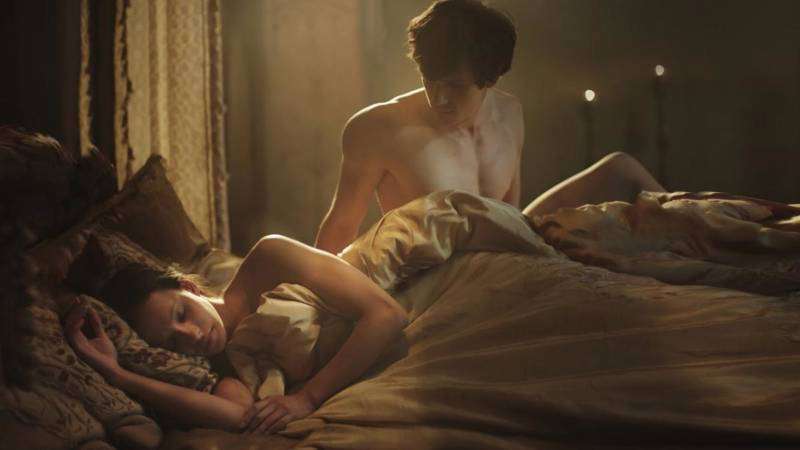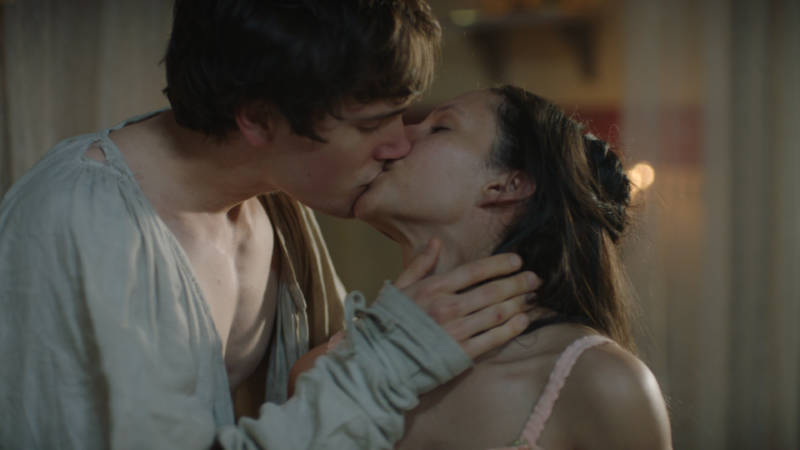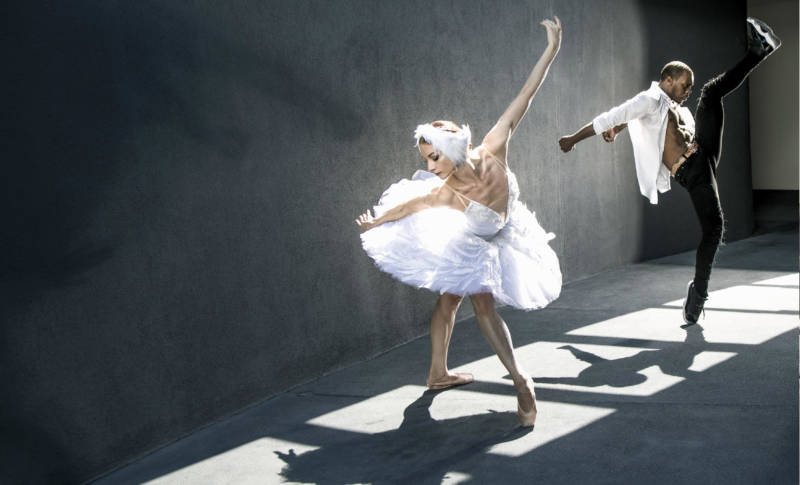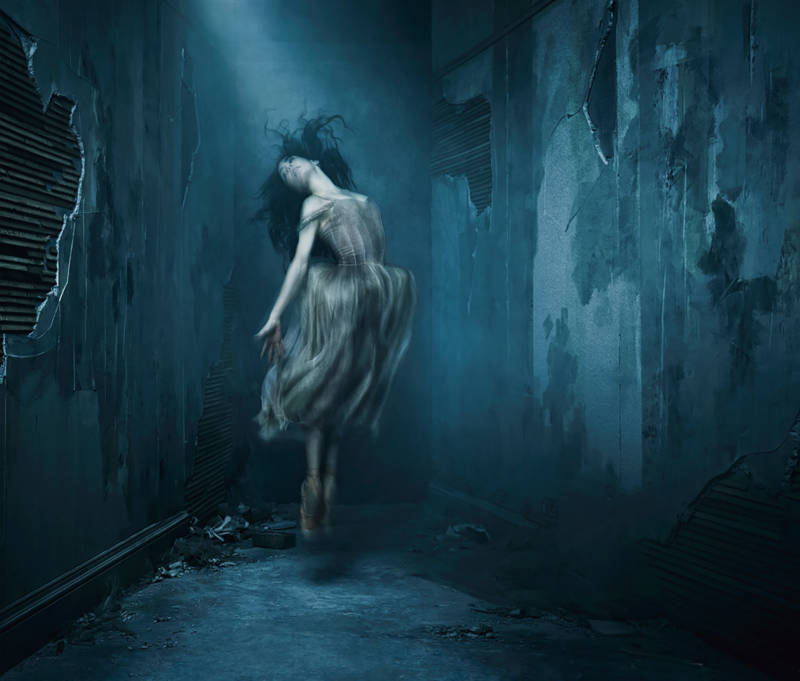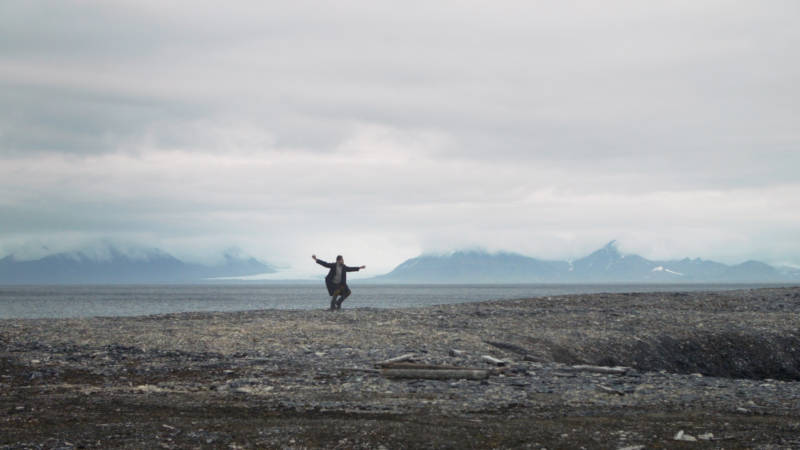At a time when societies are increasingly fractured along tribal lines, there may be no more potent a reflection of the personal costs of these conflicts than Shakespeare’s Romeo & Juliet. Though the tale has been reinvented in countless ways, prepare to be torn to shreds by a new film version from Britain’s BalletBoyz.
Directors Michael Nunn and William Trevitt have swept Kenneth MacMillan’s dramatic ballet onto the streets of Budapest, and drafted a captivating cast from a young generation of stars at the Royal Ballet. Their staging injects new realism and intimacy into the classic work without sacrificing the grandeur and drama. They’ve driven the action along at a furious pace, trimming the darkly glorious Prokofiev score to a lean, mean, fighting 90 minutes, and unleashed the heavens on a pivotal fight scene—it’s sensual, adrenaline-pumping stuff.
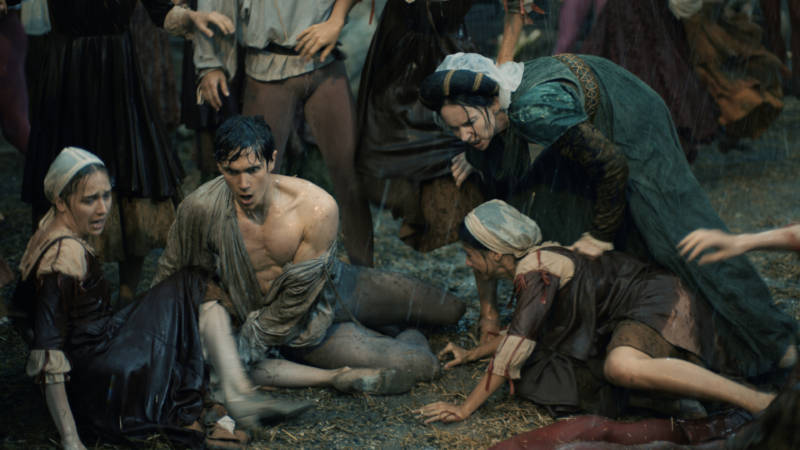
American audiences will get their first view of this Romeo & Juliet when it opens on Wednesday, Nov. 6, at the San Francisco Dance Film Festival, close to the time of the U.K. premiere. I caught up with Trevitt over the phone as he and Nunn prepared to fly to San Francisco for the opening. Both men danced for many years with the Royal before helming their own gutsy all-male contemporary troupe, and have earned accolades for their innovative stage and film projects.
Of ballet on the big screen, Trevitt said, “Film opens up so much potential in an art form that can seem slightly frozen in time.” Restless cameras weave in and out of market square and ballroom crowds, pry into Juliet’s balcony and bedroom, and penetrate the gloom of the Capulet clan’s underground crypt. The dancers’ taut physiques may be sheathed in tights and pointe shoes, but their barely made-up faces register deep, often conflicting emotions with a refreshing naturalness.
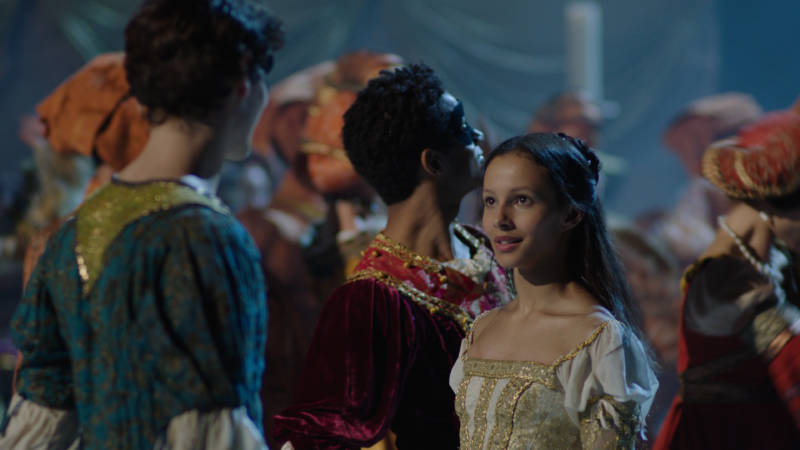
The cast reflects the increasing diversity of the Royal Ballet’s ranks—Francesca Hayward as Juliet, in particular, has made waves as one of the few black ballerinas to be named a Principal dancer in a major classical ballet company. Her chemistry with William Bracewell’s boyish, impetuous Romeo is undeniable—yet at their first encounter, when he and his pals gatecrash the Capulets’ ball, the overwhelming sense from the camerawork is one of claustrophobia, as society closes in on the pair.
